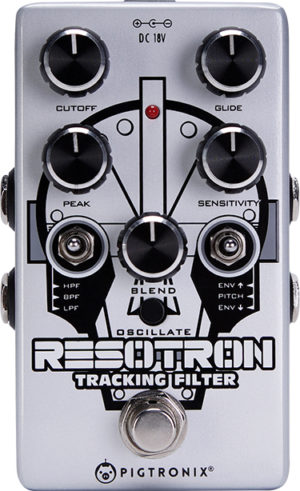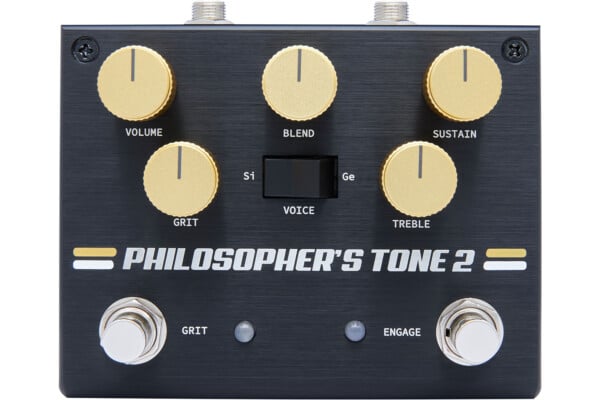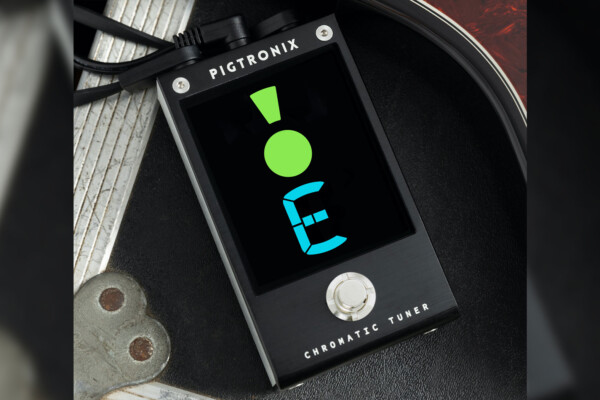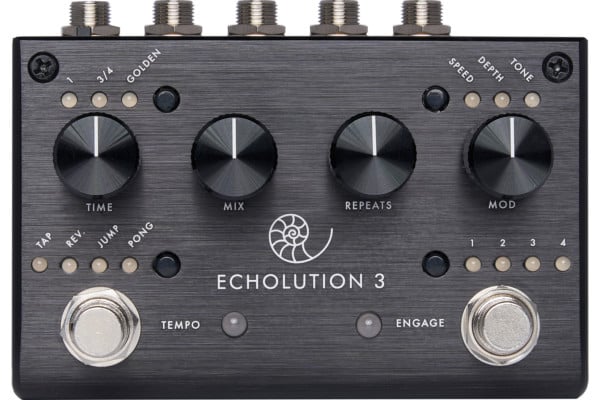Pigtronix Introduces the Resotron Analog Filter Pedal
 Pigtronix has introduced the Resotron, which is an analog filter based on 70’s keyboard synthesizers. Effective for guitar, bass, and more, the pedal is based around the SSM2040 chip found in the Prophet 5 and Octave CAT synthesizers.
Pigtronix has introduced the Resotron, which is an analog filter based on 70’s keyboard synthesizers. Effective for guitar, bass, and more, the pedal is based around the SSM2040 chip found in the Prophet 5 and Octave CAT synthesizers.
“This 24db/octave, state-variable filter provides the full gamut of familiar envelope filter sounds with UP and DOWN sweeping modes, and a sensitivity control to dial in the response of the effect based on how hard you play,” Pigtronix says. “In addition to these vintage-correct filter tones, the Resotron pushes the envelope pedal concept to a whole new level by using an analog pitch-tracking system to move the cutoff frequency of the filter up and down. The pitch-following filter effect found in the Resotron moves around based on the notes you play instead of how hard you play. The attack time and rate of filter motion can be adjusted—using the GLIDE knob—to dial in how long it takes for the cutoff to travel between pitches.”
The pedal also has Low Pass, Band Pass and High pass modes that can be tweaked using the Peak knob. An Oscillate mode gives extra old school vibes with a monophonic synth style.
Get a feel for the pedal’s sound in this demo featuring Doug Wimbish:
The Pigtronix Resotron is shipping now for $249.
Pigtronix Resotron Analog Filter Pedal Features:
| 24db/oct filter based on the SSM2040 chip |
| Low Pass, Band Pass & High Pass Filter options |
| Velocity controlled UP & DOWN envelope modes |
| Pitch-following envelope function with variable GLIDE |
| BLEND control mixes in Philosopher’s Tone compression |
| Expression pedal / 0-5V CV input modulates CUTOFF |
| OSCILLATE mode for monophonic synth sounds |
| Sidechain TRIGGER input for external audio |
| Hardwired true bypass switching |
| 18VDC power supply included |
| 100% analog design |
| Circuit design by Nick Cote |
| Sound design by David Koltai |




Check out the demo by Dave Koltai, the guy who helped design and create it. It’s on Pigtronix’ youtube page – he only demos it on guitar but it’s a far more comprehensive and interesting demo than Doug’s in my opinion. It’s nearly 15 minutes long and he explains every function and control knob on there and why he wanted them on there.